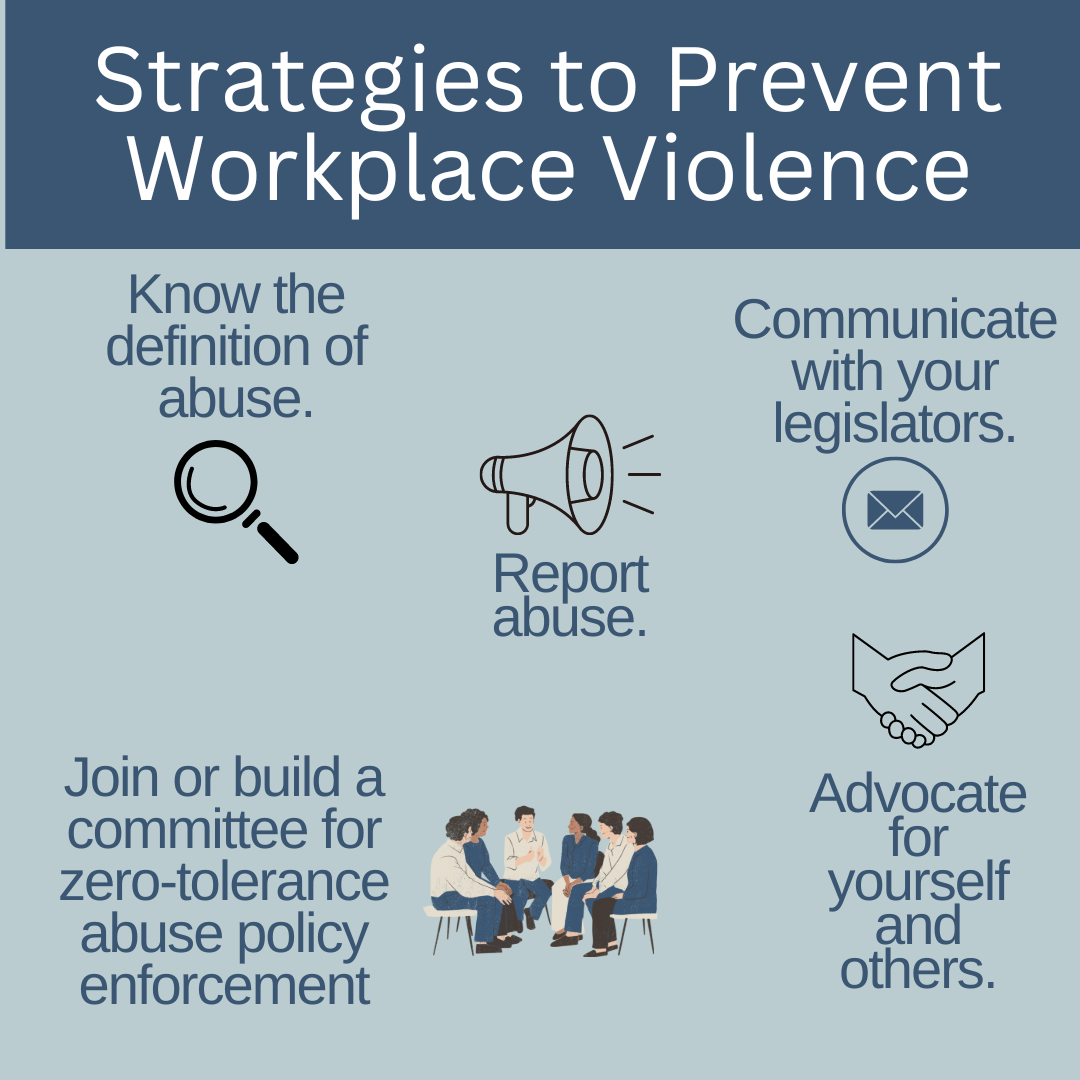The Function of Staff Member Training and Awareness in Enhancing Work Environment Violence Prevention Initiatives Throughout Different Industries
The integration of employee training and recognition into office physical violence avoidance campaigns is progressively identified as an essential facet of business safety throughout varied markets. By applying targeted training programs, organizations can properly equip their labor force to determine and deal with possible hazards before they escalate. The effectiveness of these efforts typically pivots on numerous crucial factors that vary by industry, elevating vital questions regarding the flexibility of training methods and their real-world influence. Understanding these nuances may disclose approaches that can significantly boost security protocols and worker self-confidence in high-risk environments.
Significance of Training Programs
In today's dynamic job atmosphere, the relevance of training programs can not be overstated, specifically in the context of workplace violence avoidance. These programs act as a fundamental element in cultivating a safe and protected workplace society. By outfitting workers with the expertise and abilities essential to determine, alleviate, and react to potential dangers, organizations can foster an environment that prioritizes security and health.
Reliable training programs do even more than just instruct; they equip staff members to acknowledge indication of physical violence, understand the protocols for reporting occurrences, and create strategies to de-escalate possible conflicts. Furthermore, they infuse a sense of cumulative duty among team, encouraging aggressive participation in maintaining a safe office.
Financial investment in training not only enhances worker awareness however likewise demonstrates a company's dedication to protecting its labor force. This aggressive approach can lead to lowered occurrences of office physical violence, reduced absenteeism, and enhanced staff member morale. Inevitably, thorough training programs are important to developing a resilient organizational society that values safety and security and promotes a healthy and balanced work atmosphere, thereby reducing the risk of violence and its linked repercussions.
Trick Parts of Effective Recognition
A detailed awareness program includes numerous vital parts that are necessary for efficiently stopping workplace violence. First, clear interaction of procedures and policies connected to office violence is critical. Workers should be informed regarding the company's stance on violence and the particular protocols in position for reporting events.
2nd, training sessions ought to incorporate practical situations that staff members might come across. This sensible approach aids staff members recognize alerting indications of possible violence and furnishes them with the needed abilities to de-escalate tense scenarios. Third, cultivating a helpful office society is vital; workers must feel equipped to speak out without fear of retaliation.
Including responses systems enables staff members to share their insights and experiences, which can lead to continual renovation of recognition efforts. By incorporating these parts, organizations can produce a robust framework for stopping office physical violence, eventually contributing to a safer and much more efficient setting for all staff members (california workplace violence prevention).
Industry-Specific Training Methods
Reliable work environment physical violence prevention training should be tailored to the distinct challenges and dangers faced by certain markets. For example, medical care atmospheres call for training that addresses the high possibility of encounters with hostile patients or site visitors. Programs need to concentrate on de-escalation strategies, acknowledging warning signs of possible violence, and making sure staff recognize the relevance of reporting occurrences.
On the other hand, retail settings might deal with various dangers, such as burglary or consumer conflicts. Training in these atmospheres ought to stress situational recognition, feedback procedures during emergency situations, and the significance of securing cash and valuables.
Manufacturing and construction sectors offer their very own dangers, typically connected with interpersonal problems or harmful working conditions. Training in these sectors need to include approaches for dispute resolution, advertising a culture of safety, and motivating open communication among staff members.
In addition, business offices may call for training fixated preventing harassment and intimidation, promoting a considerate office culture, and carrying out clear coverage systems. Each industry needs to not just recognize its specific susceptabilities however likewise adjust training products to resonate with the labor force effectively, ensuring that staff members feel equipped and empowered to handle prospective terrible situations.
Gauging Educating Performance
Evaluating the effect of office violence avoidance training is essential for ensuring that staff members are appropriately prepared to manage possible hazards. To precisely gauge training efficiency, companies should execute both measurable and qualitative evaluation techniques. Pre- More hints and post-training surveys can assess adjustments in worker understanding, perspectives, and actions concerning workplace violence. These surveys should concentrate on particular training goals to guarantee positioning with the company's objectives.
Additionally, practical assessments, such as role-playing situations or simulations, can provide insights into exactly how well workers use learned abilities in real-life circumstances. Keeping track of case reports prior to and after training can additionally function as an indicator of performance, as a decrease in cases may show better worker preparedness.
Furthermore, responses from individuals must be systematically collected to determine locations for enhancement in training material and shipment. Performing follow-up evaluations at routine periods aids suffer understanding and reinforces training concepts in time - california workplace violence prevention. By using an extensive method to measuring training performance, companies can make certain that their office physical violence prevention initiatives promote a much safer atmosphere and boost total employee well-being
Building a Culture of Safety

Training plays a critical role in this cultural shift. Routine, detailed training sessions inform workers about identifying indication of office physical violence and the ideal reactions. Moreover, encouraging open interaction permits workers to voice concerns without concern of retribution, promoting collective duty for safety.
In addition, integrating safety and security right into day-to-day procedures makes certain that it comes to be a shared worth instead of a mere compliance problem. This includes regular safety drills, updates on internet plans, and responses devices that include staff members in security conversations and improvements.
Inevitably, a durable society of security not just mitigates the threats of workplace physical violence yet also enhances employee morale and performance. By fostering an atmosphere where security is a basic priority, companies can create durable work environments that support both specific wellness and cumulative success.
Verdict
In verdict, worker training and recognition are vital parts in the next prevention of office physical violence across numerous sectors. Efficient training programs, customized to particular sector demands, improve workers' capacity to react and acknowledge to potential risks.

Routine, extensive training sessions educate employees concerning acknowledging caution indicators of work environment physical violence and the proper feedbacks.In conclusion, worker training and recognition are vital components in the avoidance of workplace violence across different sectors.